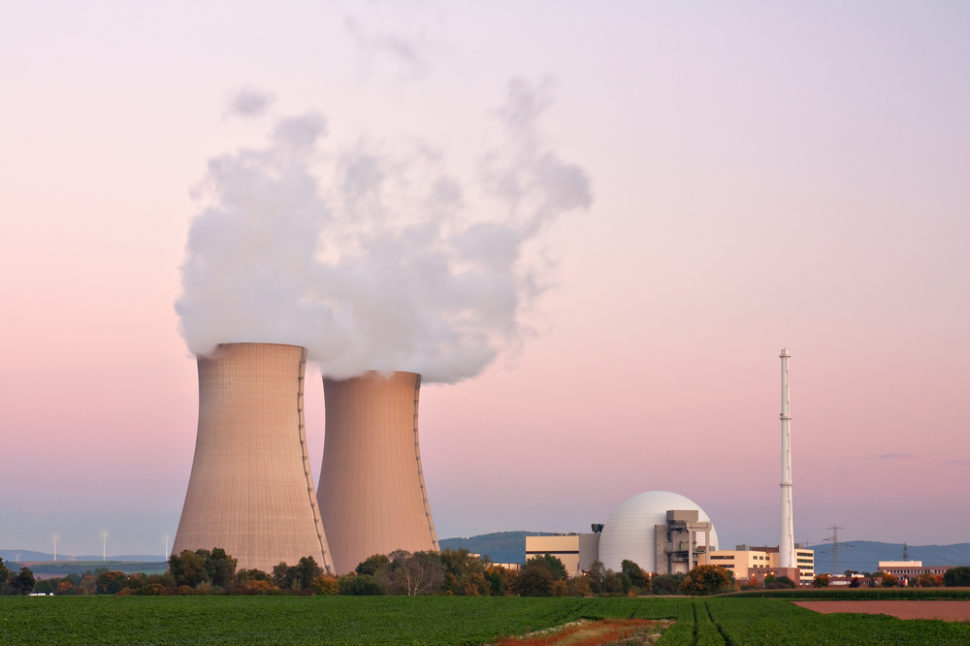NASA is currently testing a compact nuclear fission reactor capable of providing future Mars missions with enough energy.
On Thursday, U.S. officials confirmed that the initial tests conducted on a prototype nuclear fission reactor designed for long-term manned space missions to Mars have been successful. The announcement was made by the U.S. Department of Energy and National Aeronautics and Space Administration officials at a news conference in Las Vegas.
“Mars is a very difficult environment for power systems, with less sunlight than Earth or the Moon, very cold nighttime temperatures, [and] very interesting dust storms that can last weeks and months that engulf the entire planet,” Steve Jurczyk, NASA’s space technology mission directorate chief, said.
@NASA confirmed that its compact nuclear fission reactor passed initial testsClick To TweetThe trials are said to be part of the $15 million Kilopower project aimed at developing viable nuclear power systems capable of sustaining planetary surface explorations. The testing began in November last year at the Energy Department’s Los Alamos National Lab in New Mexico and will end in March of this year.
“This is a key energy source that could fuel a human crew to Mars,” Mark Martinez, president of Mission Support and Test Services for the project, said during the conference.
KRUSTY: NASA’s Compact Nuclear Fission Reactor
The Kilopower nuclear fission reactor is reportedly designed to operate as a one kilowatt and 10-kilowatt model.
“Your toaster uses about a kilowatt,” Kilopower project lead, Pat McClure, explained at Los Alamos. “In your average household, you use about 5 KW on average a day, at any given time. Realize, though, that this is a lot of energy for NASA. At NASA they’re used to tens to hundreds of watts. So to have a kilowatt or 10 kilowatts is a lot of electricity.”
So, why nuclear power?
There are a few significant reasons why a nuclear power system is being considered for future Mars missions. First, it’s far more lightweight and reliable compared to other energy sources that are heavy and require too much fuel to feasibly transport. Others are also not dependable in all seasons. Solar power is apparently not a viable option since it needs a consistent supply of sunlight, something Mars lacks.
“So Kilopower’s compact size and robustness allows us to deliver multiple units on a single lander to the surface that provides tens of kilowatts of power,” Jurczyk added.
Dubbed as KRUSTY, or Kilopower Reactor Using Stirling Technology, the prototype has a uranium-235 core that is 15 centimeters in diameter and is protected by a beryllium oxide case. In the middle of the cylinder, there is a boron carbide rod that is used to turn on and off the reaction. Through nuclear fission, the reactor produces heat that is then delivered by heat pipes to power the Sterling converters.
According to experts, just one of these reactors is enough to power an unmanned spacecraft during a deep space mission. Furthermore, a combination of these nuclear power systems would be enough to provide all the energy needed by humans while working on the surface of Mars. It could allegedly power habitats and life-support systems, let astronauts mine resources, recharge rovers, and run other necessary equipment.



















Nasha hope you will provide this for this spacex Mars mission to take humanity next step